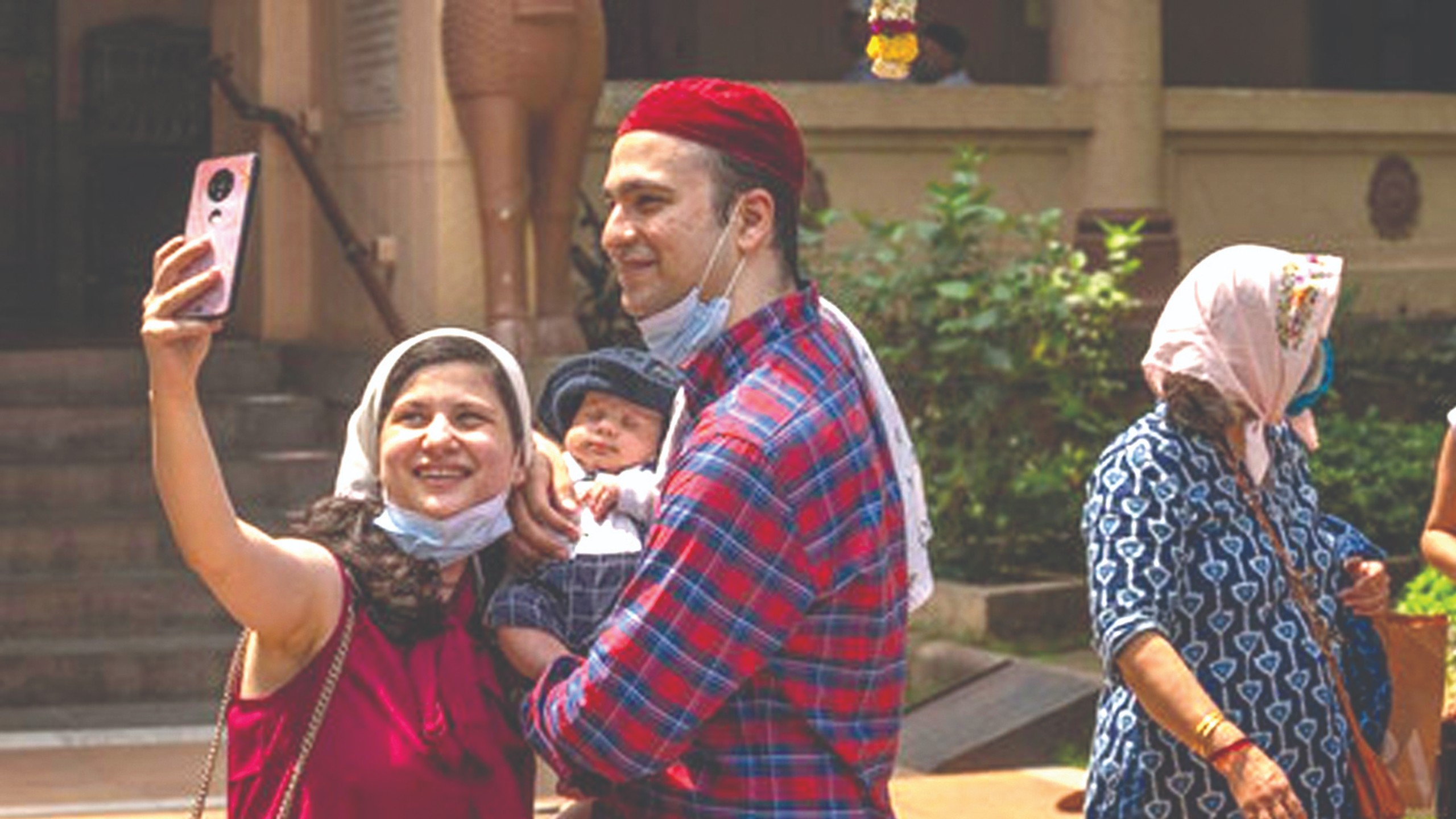Parsi Problems: Community’s dwindling demographics, an issue
India’s Parsi population, which numbered around 114,000 in 1941, has dropped to around 50,000, according to the latest census taken in 2011.

NEW YORK: The Indian government recently introduced an online dating platform aimed at helping “restore the dwindling population” of the Parsi community by helping Parsi men and women meet, marry and have children.
The dating service is not the first attempt at bringing together eligible Parsis.
In 2013, India launched the “Jiyo Parsi” (long live Parsis) scheme, which packages a series of Parsi cultural initiatives aimed at bringing the community together.
These include holiday programs for Parsi youth, and cultural events for boys and girls to socialise and mingle.
India’s Parsi population, which numbered around 114,000 in 1941, has dropped to around 50,000, according to the latest census taken in 2011.
Parsis are an ethnoreligious group on the Indian subcontinent, who subscribe to Zoroastrianism.
Statistics show that about 30% of eligible Parsis are single, and the fertility rate is only 0.8 children per couple.
An average of 800 Parsis die annually compared to 300 births, according to a news agency.
“A couple may decide to have just one child, because of rising expenses and wanting to focus all your resources on the single child,” Cyrus Dhabhar, a Parsi man with one child from Mumbai, told DW. “But there are always some relatives, or acquaintances, who keep saying that you should have at least two or three children.”
Modern-day Indian Parsis are descendants of Persians from Sassanid Iran, who migrated to India in the 7th century after the conquest of Persia by Arab Muslims.
The Parsi religion, Zoroastrianism, one of the oldest organised religions in the world, with its roots in ancient Persia. Parsis typically settled in the western Indian states of Gujarat and Maharashtra, but there are also some communities found scattered across the rest of the country.
Some Parsis also moved to the US, UK, Canada and other Western countries. The Parsis are a close-knit community, and some community members are credited with helping build modern India through charitable trusts and donations.
Noteworthy Parsis include industrialist Ratan Tata, the former chairman of Tata Group; and Adar Poonawalla, the CEO of the Serum Institute of India.
Internationally, the perhaps best-known Parsi could be Freddie Mercury, who was lead singer of the British band Queen.
Someone is generally considered Parsi when both parents are Parsi.
Jiyo Parsi also provides services to aid couples, including childcare assistance and reproductive treatments like in-vitro fertilisation.
However, fertility treatments are not available to Parsi women who have married outside the community.
Many Parsis criticise their community as deeply patriarchal when it comes to inclusivity.
“The men can marry whomever they want and will still be considered Parsi. But the moment a woman marries outside the community, she is excommunicated,” Kermin Bhot, a Parsi woman married to a Hindu man, told DW.
“Even if the woman wants to remain within the faith and raise her child as Zoroastrian, she can’t. Because the society has decreed you as ‘parjaat,’ or an outsider,” she added.
That rigidity in who is considered Parsi also extends to future generations. Rishi Kishnani was born to a Hindu father and Parsi mother, and is therefore not considered Parsi.
He and his Parsi wife decided to bring up their son according to the Zoroastrian faith.
“My child was stopped from coming to a Parsi playground, where all his friends play, because his mother married outside the community. But the child of my [male Parsi] friend, who married a Hindu woman, is allowed there. This is the kind of racism and sexism that goes on in the community,” he told DW.
Kishnani’s wife has lodged a plea regarding discrimination faced by Parsi women and their children after interfaith marriages.
The case is pending in India’s Supreme Court. “If you get rid of this inequality, the population will automatically increase,” said Kishnani.
Visit news.dtnext.in to explore our interactive epaper!
Download the DT Next app for more exciting features!
Click here for iOS
Click here for Android



